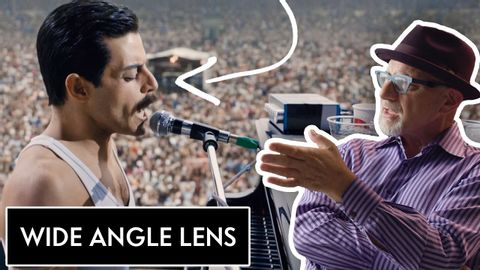撮影監督が3種類のカメラレンズを解説|Vanity Fair (Cinematographer Explains 3 Different Camera Lenses | Vanity Fair)
林宜悉 が 2021 年 01 月 14 日 に投稿  この条件に一致する単語はありません
この条件に一致する単語はありませんUS /ˈɪntəməsi/
・
UK /'ɪntɪməsɪ/
US /ɪgˈzædʒəreɪt/
・
UK /ɪgˈzædʒəreɪt/
US /ɪkˈstrim/
・
UK /ɪk'stri:m/
- adj.(程度が)最も高い : 極度の;極端な;強烈な;極端な
- n.(物事の)極端 : 極致;極限;極端な手段
US /ˈkærəktɚ/
・
UK /'kærəktə(r)/
- n.(物語 : 映画 : 演劇などの)登場人物;文字;性格 : 性質;変わっている人;評判
エネルギーを使用
すべての単語を解除
発音・解説・フィルター機能を解除

